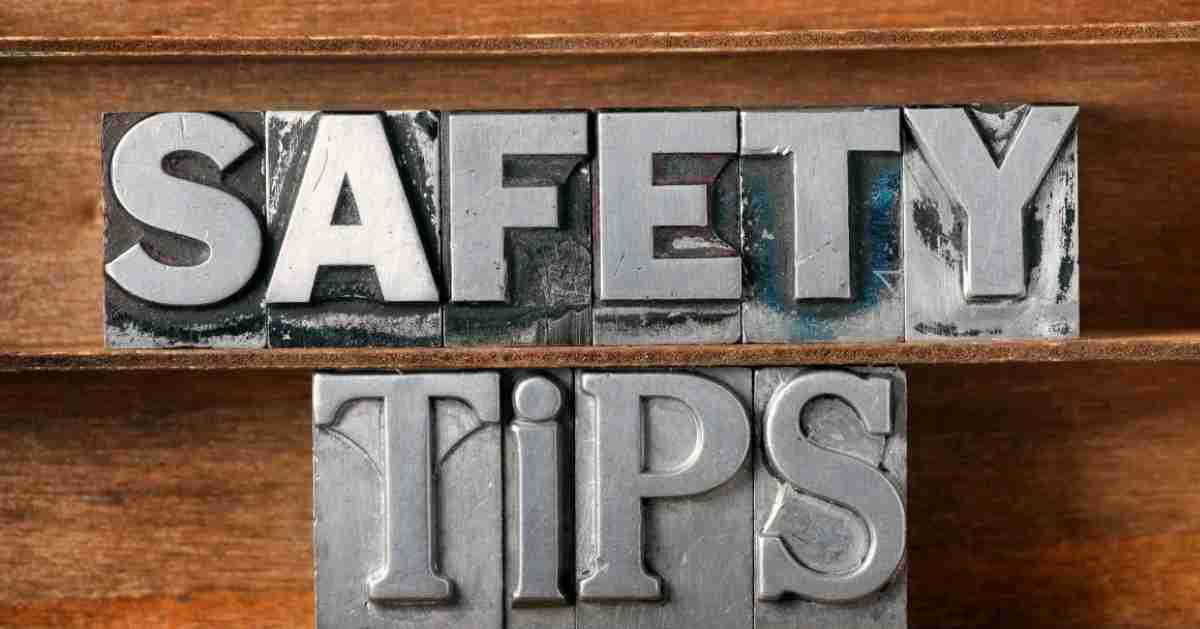School Fire Safety Tips: Essential Tips & Practices

If you are a headteacher or principal within a school setting, you want to do everything to ensure all the students and staff are safe at all times. Schools can get very busy at the best of times, and so it is very important to have a plan in place in case of an emergency and, more specifically, a fire emergency.
In this article, we will cover some of the most important tips surrounding fire safety so that you can implement them within your school setting.
Keep the right fire equipment on hand
In addition to fire alarms, your school will need to have other fire safety equipment on hand. These can include fire extinguishers, emergency lighting, disabled refuge alarms, intruder alarm systems and CCTV.
Just like fire alarms, it is also important to choose the right type of fire extinguishers for the premises. There are many different types of fire extinguishers, each of which has been designed for a specific type of fire such as:
- Class A extinguishers – fires involving solid materials such as wood, paper or textiles.
- Class B extinguishers – fires involving flammable liquids such as petrol, diesel or oils.
- Class C – fires involving gases.
- Class D – fires involving metals.
- Electrical fires – fires involving live electrical apparatus (it doesn’t get an ‘official’ category)
- Class F – fires involving cooking oils such as in deep-fat fryers.
Class A is the most common fire type, so it’s best to have them placed in various locations across the premises. It is also a good idea to walk around the school and identify areas where other fire types might arise eg. kitchens. This way you can keep the right class of fire extinguishers near where there is a risk of fire.
Ensure you have a suitable fire alarm
Fire alarms come in a range of types so making sure you have the right kind for your school is very important. You may have heard of different fire alarm kinds including L1/L2/L3/L4/L5 and this is basically referring to the design of the system, ie. the extent of fire detection according to the premises it is designed for.
To find out which type is best for your school, you should hire a professional to conduct a fire risk assessment. The fire risk assessor will deliver a report and recommend the category of fire alarm that should be installed.
All fire alarm systems in the UK should be designed, installed, commissioned and maintained in accordance with British Standards (specifically the BS 5839-1:2017 which is the code of practice for designing, installing, commissioning, and maintaining fire detection and alarm systems in non-domestic buildings).
Clear access to exits and alarms
In the event of a fire, the first thing that needs to be done is evacuation. This is a very important job that can be taken care of by staff. It is vital to ensure that fire exits, alarm stations and stairways are clear at every time of the day.
By implanting this top tip within your school premises, you will make evacuation for students and staff as quick, easy and safe in a fire.
Keep inspections and maintenance up to date
As school buildings get older every year, it is important to keep up a maintenance routine to make sure you are compliant with regulations and keep everyone safe.
Inspections and maintenance apply to all types of systems and equipment within your school so, while it’s obvious to think about your fire alarm or fire sprinkler system inspections, don’t forget about fire extinguishers, exit signage and other emergency systems.
Also if you have access control or mechanical fire doors that are linked to the fire alarm and open or close depending on whether the fire alarm has been activated, then it’s incredibly important to keep these serviced and to act immediately when you identify any faults.
Review fire safety rules with staff
As the headteacher, principal or any other person with authority in a school, it is your job to ensure that all staff members stay up to date with the latest fire safety guidance. This can be done through regular meetings and training.
You should also conduct regular fire drills for the whole school so that staff and students know the evacuation route and can practice exactly what to do in the event of a real fire.
